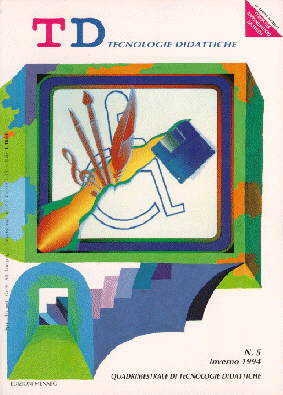Learning Disabilities and Computers
Main Article Content
Abstract
Article Details
Authors who publish with this journal agree to the following terms:
- Authors retain copyright and grant the journal right of first publication with the work simultaneously licensed under a Creative Commons CC BY 4.0 Attribution 4.0 International License.
- Authors are able to enter into separate, additional contractual arrangements for the non-exclusive distribution of the journal's published version of the work (e.g., post it to an institutional repository or publish it in a book), with an acknowledgement of its initial publication in this journal.
- Authors are permitted and encouraged to post their work online (e.g., in institutional repositories or on their website) prior to and during the submission process, as it can lead to productive exchanges, as well as earlier and greater citation of published work (See The Effect of Open Access)
References
Brightman, A. (1989) Challenging the myth of disability, Educom, Winter.
Department of Education and Science (1978) Special Education needs. Report of the Committee of Enquiry into the Education of Handicapped Children and Young people (The Warnok Report), London, HMSO.
Department of Education and Science (1990) Education observed: Information Technology and Special Educational needs in schools , London, HMSO.
Male, M. (1988) Special Magic: Computers, Classroom strategies and Exceptional Students, Mountain View, Mayfield Publishing.
Mansfield, J (1991) Personal Communication.
Postlethwaite, K. and Hackney, A. (1988) Organising the school’s response, Basingstoke, Macmillan Education.
Shenkle, A.M. (1989) ‘Zack and the Mac’, TECH-NJ (Journal of the Department of Special Education), 2, 1.
Wedell, K. (1990) ‘Overview: The 1988 Act and current principles of special educational needs’, in: Daniels, H e Ware, J (eds) Special Educational needs and the National Curriculum: the impact of the Education Reform Act, London, Kogan Page.

